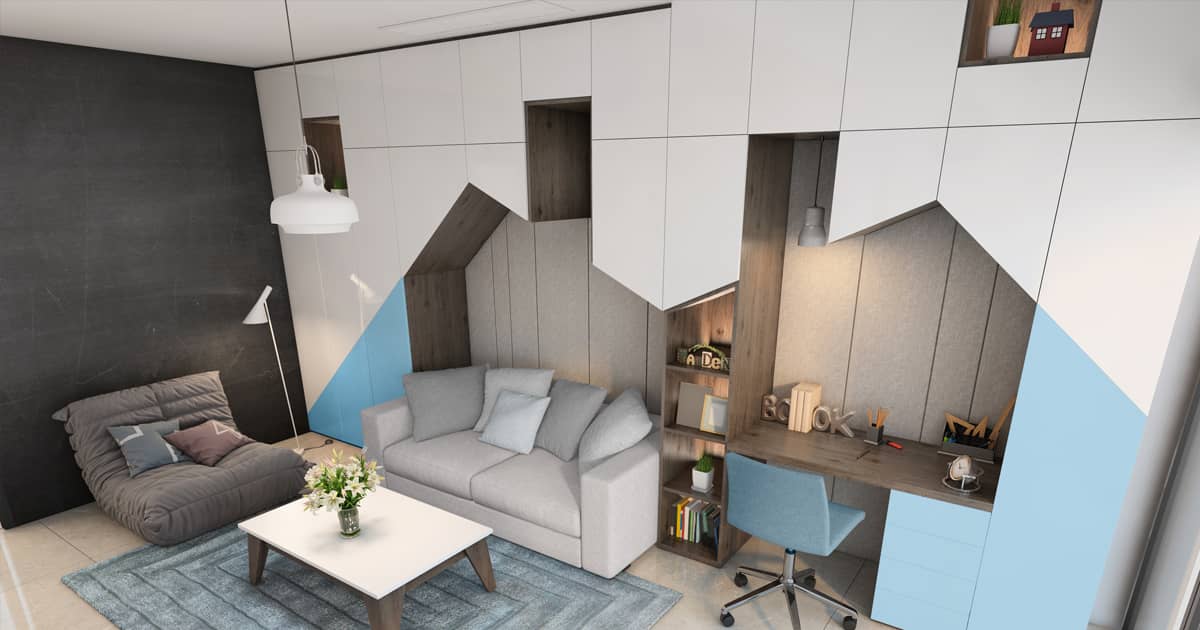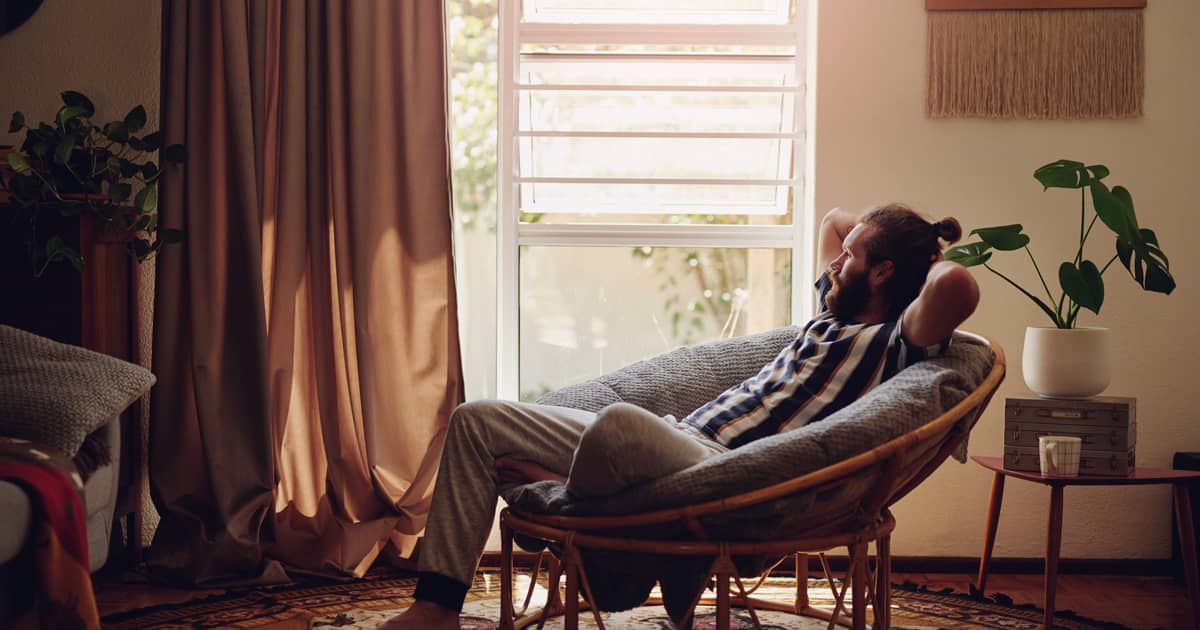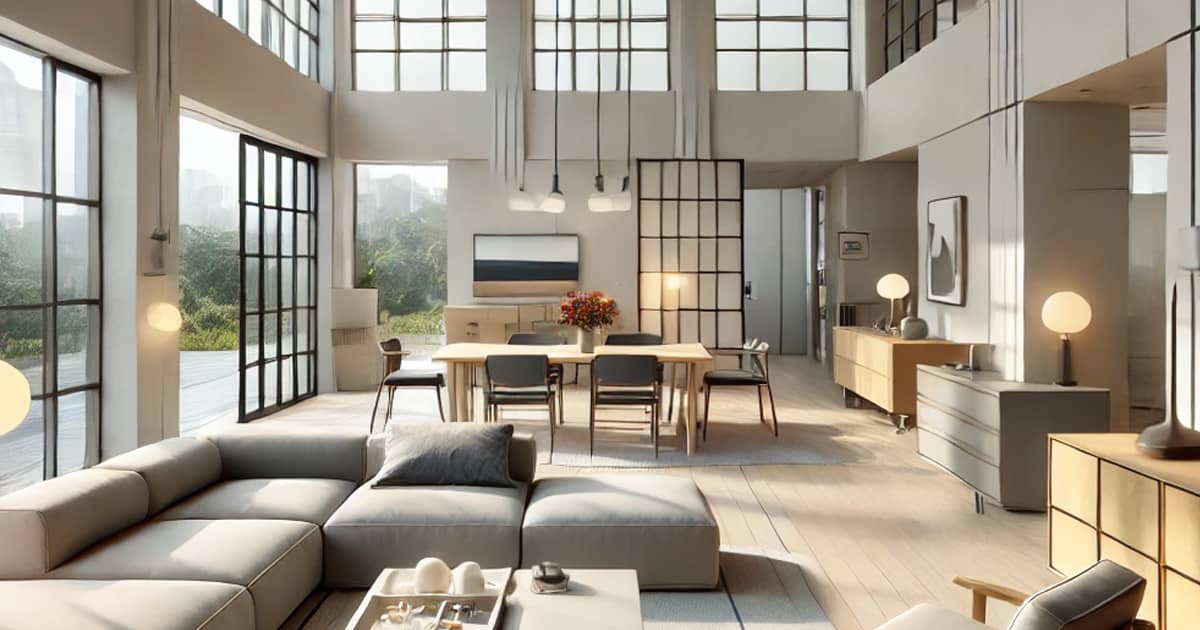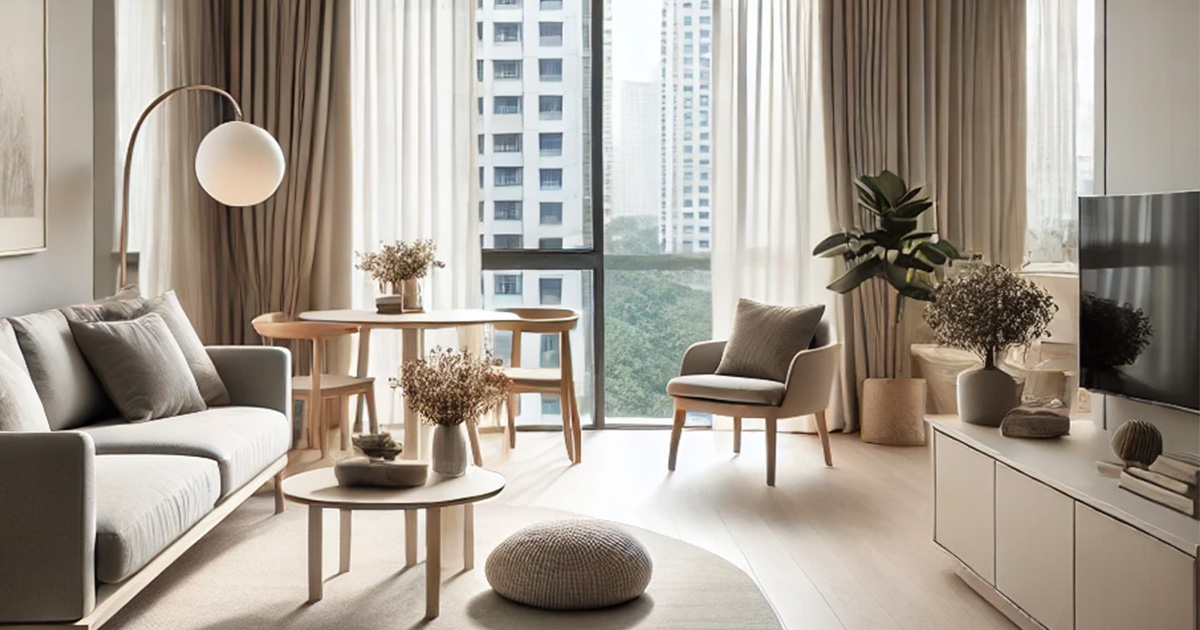We have gotten used to wanting more from our homes. A lot of that change originated from the Covid-19 pandemic. Stuck at home literally all the time, we started expecting just about everything from our spaces. Many began thinking about having a home office, a gym or even a personal wellness centre. Many worked on those ideas and brought them to reality.
Technology has helped a lot in the modernisation of interior design. In fact, it has helped for the creation of seamless residential spaces that offer a lot of flexibility. And the best aspect of it all? Quite a lot of that technology is already very affordable and readily available. As a result, many people can start thinking about maximising functionality while also enjoying a ton of residential space flexibility.
Smart Homes That Learn through Artificial Intelligence
A smart home is far from a new or a revolutionary concept. Many people already rely on voice controls and intelligent switches or appliances to automate lots of home tasks.
The combination of smart home and artificial intelligence technologies, however, can bring flexibility to a whole new level.
Artificial intelligence is a technology that has the power to learn and adapt on the basis of the input data.
Say your thermostat features an AI controller. It will gather data about the temperatures you prefer during different times of the day or during different months. Information could also be gathered on the basis of the conditions that you prefer for different activities – sleeping, working out, playing with your kids, etc.
The artificial intelligence solution will get the predictive capabilities to change parameters in the respective space on the basis of your lifestyle and past behaviour patterns. Thus, you’ll easily get the perfect ambiance without even having to change anything. The space will adapt to your needs, augmenting every experience without you even having to ask for such a change.
On-The-Go Enhancements with 3D Printing
Three dimensional (3D) printing is super awesome due to the fact it enables the creation of customised solutions quickly and efficiently.
You may have heard about 3D printing being used in the creation of realistic models, tools and even medical devices. The technology also has a tremendous range of applications in the worlds of architecture and interior design.
With a 3D printer, your interior designer can create custom furniture, décor, even architectural elements like room partitions, arches, storage units and a lot more.
It’s so easy to envision the vast potential of such technology. It can effortlessly create functional zones and personalised spaces. 3D printing can guarantee privacy, functionality and home décor elements that are 100 per cent in line with your needs. The fact that it works so fast and it can be entirely modelled after your vision makes 3D printing even more exciting to test out when attempting to maximise residential space versatility. While this technology is not so widely available yet even for testing your vision, Home Guide does have a virtual visualisation tool to help you envision your new home with a virtual interactive tour service – The HomeAlive 360 Design Package.
Input-Based Home Enhancements Through Dynamic and Modular Elements
The ultimate degree of flexibility can be achieved through the use of dynamic and modular elements. These technology-based interior design components have the power to adapt to their environment in a way that increases efficiency, comfort and functionality.
Dynamic wall materials, for example, can adapt to the room temperature in order to conserve hear or keep the space cool whenever the temperature outside is very high.
And that’s just one example of these incredibly cool and dynamic solutions. We already have colour-changing wallpapers, dynamic furniture that can change its shape or angles for better ergonomics, moving ceilings, adaptable blinds and a whole lot more.
Dynamic solutions can be used to conserve energy, enhance ventilation, maximise overall comfort and have a thoroughly positive psychological effect on the homeowner. The coolest aspect is that different dynamic and modular solutions can be integrated in various parts of the flat to add value and create fully distinctive zones without much effort.
Effortless and Smart Space Reorganisation
Here’s one final really cool way in which technology increases flexibility.
Imagine having an open-floor flat that you’d like to reorganise every once in a while. Having to change zoning configurations frequently isn’t practical or affordable. With technology, however, the idea has become easier to execute than ever before.
Such solutions already exist. A few years ago, innovation-inspired architects built a futuristic home that featured movable modules and partitions controlled via smart TV. These allowed for effortless reorganisation and the creation of new functional zones based on the homeowner’s needs.
This concept is not a breakthrough idea anymore. All of the elements are here and they can be incorporated in every residential space. What matters is picking the kinds of modules and the configurations bound to optimise the layout of the flat and give all of the residents the facilities required to match their preferences.
The future looks bright for flexible interior design. As new technology emerges, so will décor and home renovation solutions that re-configure a living space in a way that’s smart and automated. If you’re looking to implementing smart tech into your home interior design, contact Home Guide. Relying on our experience, we’d recommend the improvements that will give you the very outcome you’re looking forward to.





